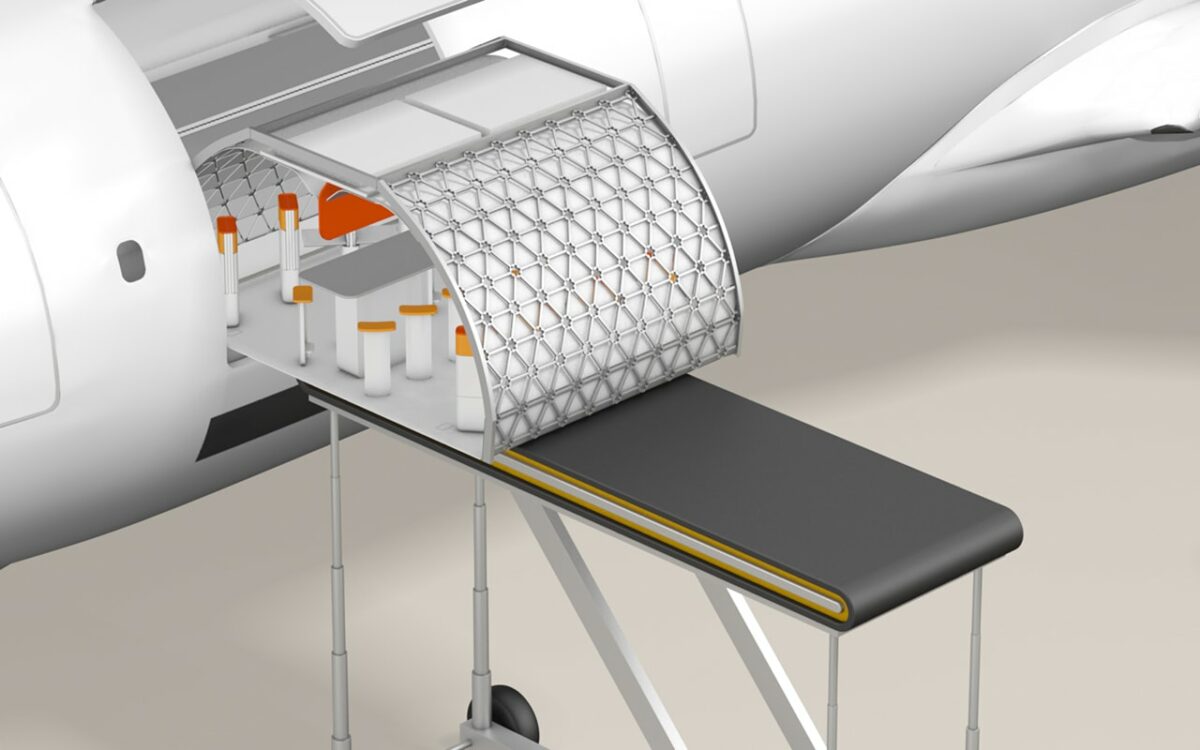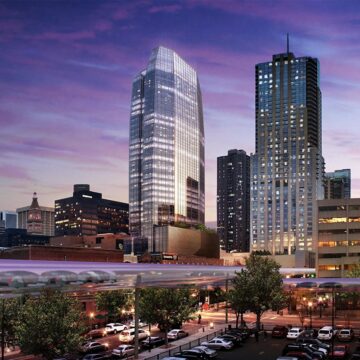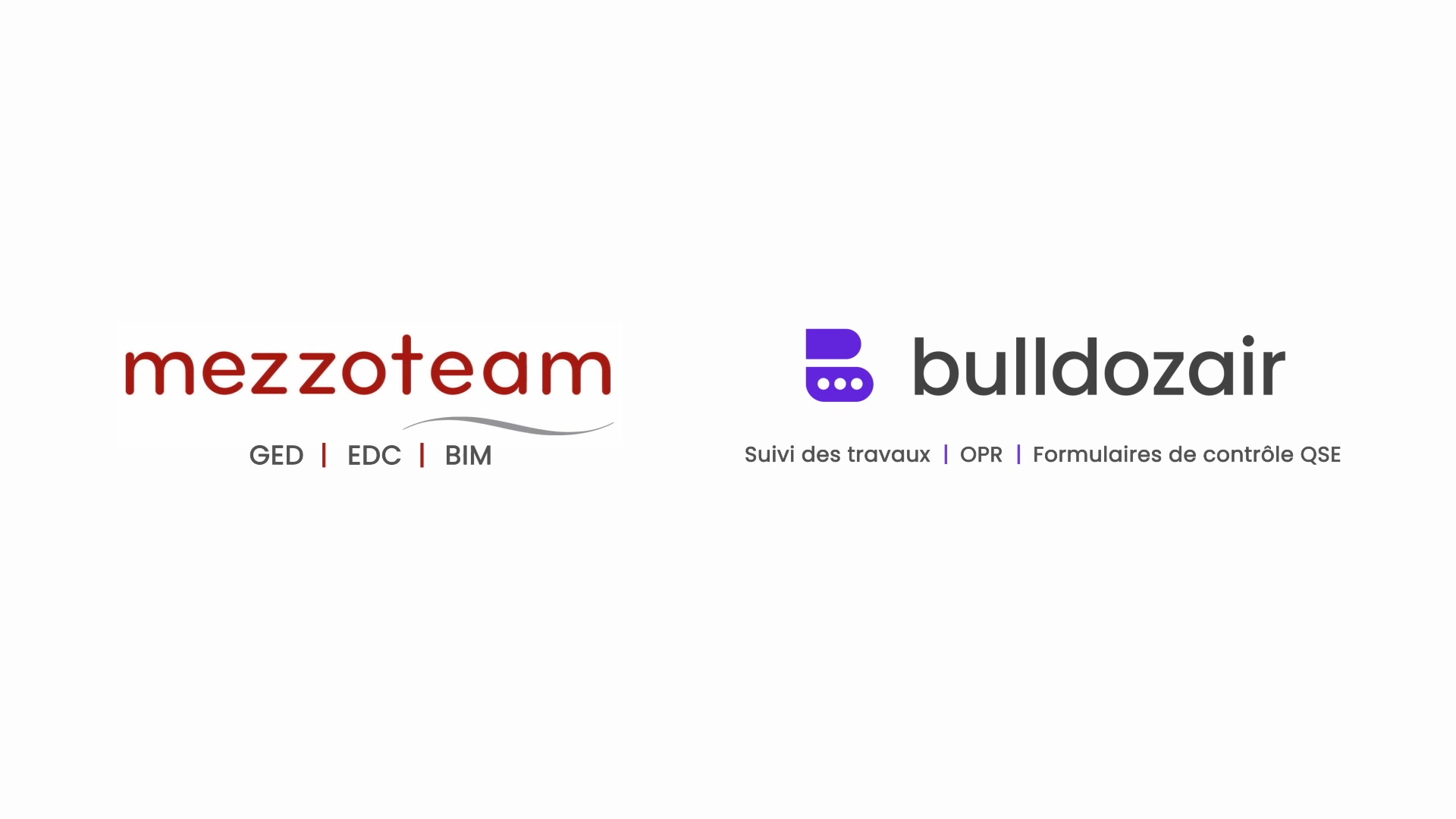The airline industry is always challenging. Although customer satisfaction has improved 4.2% in the last year, it remains low when compared to the majority of other sectors. Moreover, this improvement appears to be linked to lower prices which represent an unsustainable strategy for the industry as its financial return proved very low. This situation is the reason why many airlines have focused on improving the customer experience through better meals, more on-time arrivals, and less lost baggage.
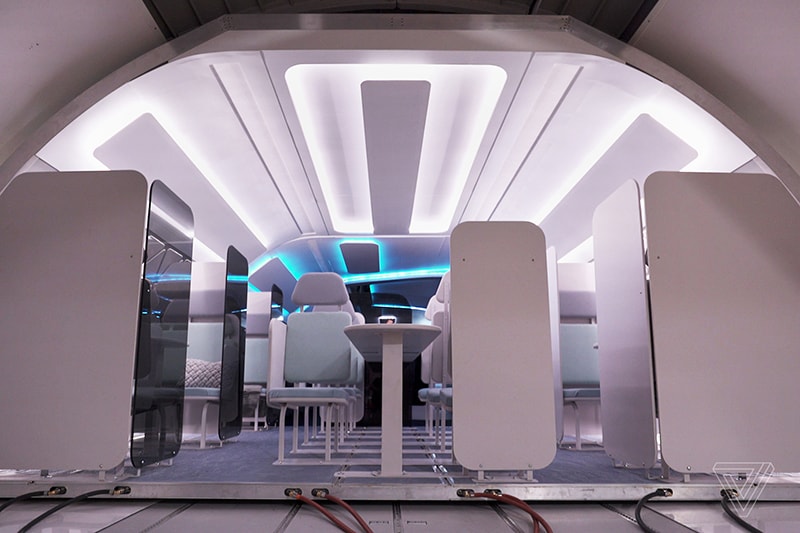
Airbus’ Silicon Valley outpost A3 observed this situation and decided to tackle this challenge differently. Inspired by cargo planes, the innovative Airbus branch has chosen to develop easily customizable planes using modules.
The new concept called Transpose would divide a plane’s long and cylindrical body into equal sections or modules that can be customized into a vast range of layouts. Conceived to be installed in customized freighter Airbus planes such as the A330-F, the new idea aims to revolutionize airplanes’ cabin designs and architecture through innovative modules that airlines can easily swap in as little as one hour.
This new development would substantially improve the passengers’ journey as each module would contain a pre-built arrangement or what A3 calls experiences, ranging from coffee shops to daycares and spas, among many others, allowing passengers to move freely and enjoy unique and valuable trips. Yet, the solution would also allow airlines to adapt the seat availability to the demand, thus improving profitability by over 5% without considering an increase in flight fares.
A modular cabin architecture for planes can reduce the number of aircrafts needed by airlines, decrease a plane’s turnaround time and shorten the construction time of an airplane as Airbus would be allowed to build the interiors parallel to the construction of the aircraft itself.
Nevertheless, the out-of-the-box idea also presents plenty of challenges. For example, offering more space for passengers to move freely can hurt the profitability of the flight. To stay economically attractive, Airbus needs to figure out how to maintain a compelling seating density. A3 has already addressed this potential constraint by suggesting partnerships to develop branded modules that could compensate the cost of fewer seats. Another significant obstacle is the current infrastructure of airports, as many of them are built for narrow aircrafts that funnel passengers through one or two front doors. Therefore, changing the configuration of airplanes could require a change in the design of airports. Regulatory approvals are also critical constraints as they can take several years to fulfill, however, the most challenging disadvantage of the project is the need for a culture shift as many airlines are used to keeping the same aircraft for over 20 years without making any significant modifications. Transpose would require a new mindset from airline companies to invest and update their airplanes continuously.
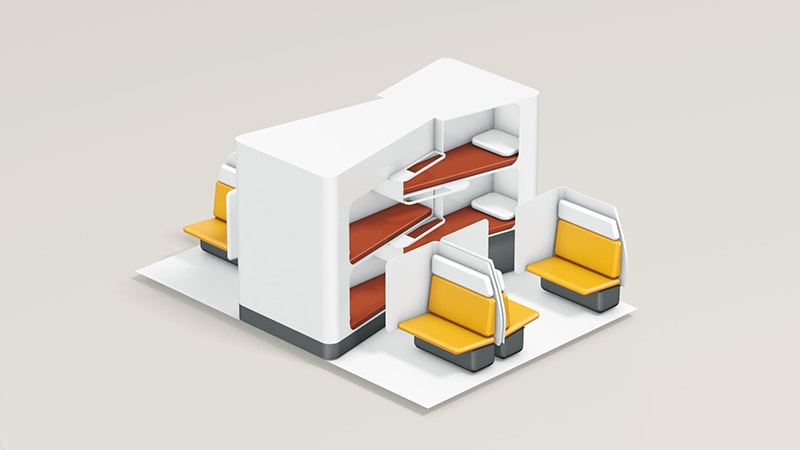
On the other hand, Airbus has already begun to test the idea through low fidelity simulations that mimic the experience of traveling in a Transpose aircraft. The experiments have included flight crews from different airlines as well as over 150 test passengers who provided Airbus with plenty of feedback to continue developing this revolutionary project. The experiments were carried out by Nielsen Consumer Neuroscience who tracked the different attitudes shown by the test passengers. Finally, some additional financial modeling was also carried out to examine the quantified value of cabin flexibility.
The results of the experiments were overall positive as passengers enjoyed the entertaining and authentic experience, demonstrating that the ability to choose is crucial as passengers showed a willingness to pay as much as 23% extra for it. Moreover, tests also discovered that travelers were willing to spend as much as an additional 35% of premium economy fares to profit from a Transpose flight with various activities.
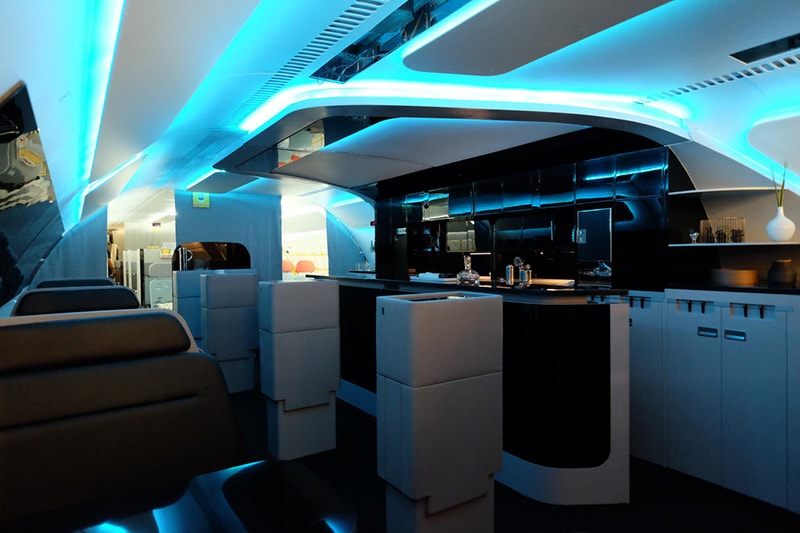
Overall, it is essential for the flight industry to continue improving the quality of its services as the sector is already extremely competitive. In addition to this, the rise of new businesses offering more profound and authentic experiences such as Uber and Airbnb are changing the status quo of traditional sectors. New futuristic propositions such as self-driving cars and high-velocity trains could also disrupt the way people travel, incentivizing airlines to stay one step ahead and evolve. Although this solution is not immediate, we can see that disruption is around the corner and soon, we might be traveling in planes that resemble hotels rather than the traditional aircrafts that we are used to today.


